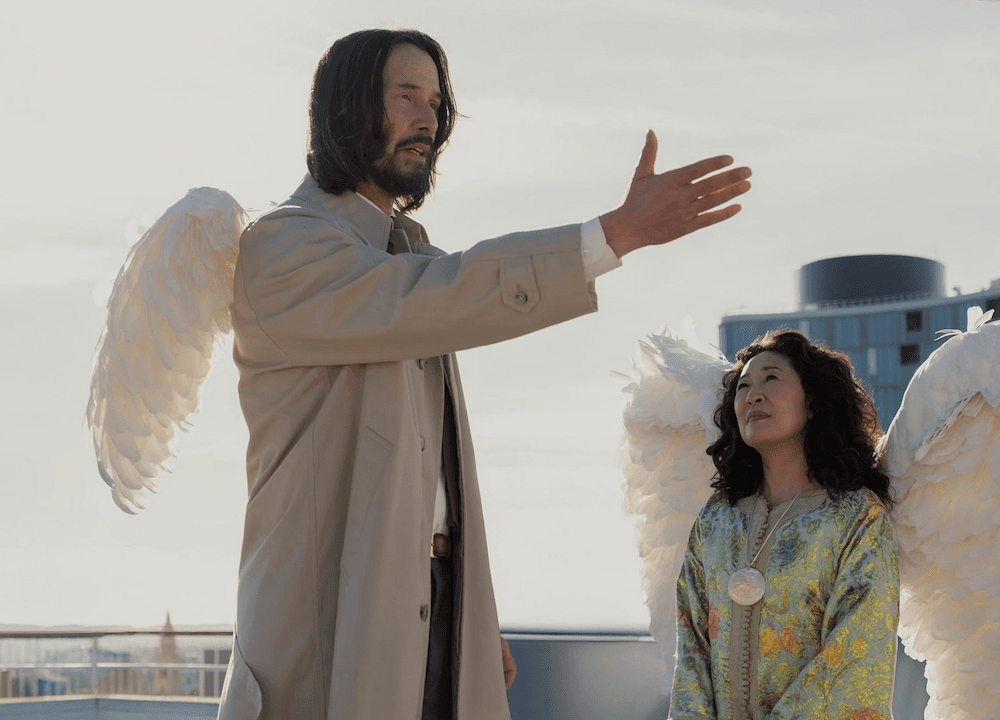Welcome to the second episode of Acting Appreciation 101. Today I’ll be addressing the use of the four human temperaments of melancholic, choleric, phlegmatic, and sanguine as tools in the art of character development; a technique favored predominantly by British actors.
Additionally, we’ll take a look at how the great Russian director Michael Chekov (nephew of the renowned playwright Anton Chekov) used these classic human temperaments (particularly as described by Waldorf education founder Rudolf Steiner for use in early childhood education) in developing his own acting method.





